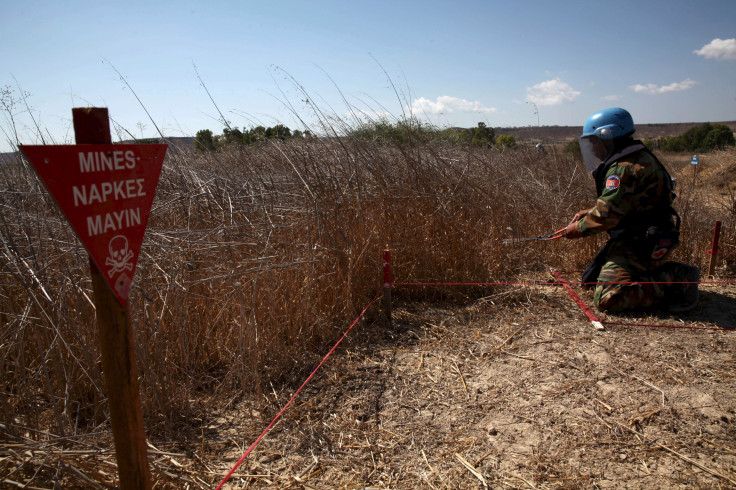Plants That Detect Bombs: Bionic Spinach With Nanotubes Can Sense Explosives

Numerous methods have been devised and used over the decades to detect the presence of bombs in various places. Some of these include the use of chemicals, spectrometry, X-rays, silicon nanowires and animals such as dogs and even bees. But plants?
Using an approach they are calling “plant nanobinics,” researchers from Massachusetts Institute of Technology (MIT) have embedded carbon nanotubes in spinach that enables the leafy plant to sense explosives and also transmit the information to a handheld device wirelessly.
The approach is based on a concept already used in bomb detection — that of identifying the aroma of certain chemicals commonly used in explosives. A statement on MIT’s website explained how it works.
“The plants were designed to detect chemical compounds known as nitroaromatics, which are often used in landmines and other explosives. When one of these chemicals is present in the groundwater sampled naturally by the plant, carbon nanotubes embedded in the plant leaves emit a fluorescent signal that can be read with an infrared camera. The camera can be attached to a small computer similar to a smartphone, which then sends an email to the user.”
Michael Strano, a chemical engineering professor at MIT and leader of the research team, said in the statement: “The goal of plant nanobionics is to introduce nanoparticles into the plant to give it non-native functions.”
Strano, who believes similar techniques could be used to engineer plant warnings for pollutions and environmental conditions like drought, added: “This is a novel demonstration of how we have overcome the plant/human communication barrier.”
A research paper on the subject, titled “Nitroaromatic detection and infraredcommunication from wild-type plants usingplant nanobionics,” was published in the journal Nature Materials on Monday. Its lead authors were MIT graduate student Min Hao Wong and former MIT postdoctoral student Juan Pablo Giraldo who now teaches at the University of California at Riverside.
© Copyright IBTimes 2025. All rights reserved.





















